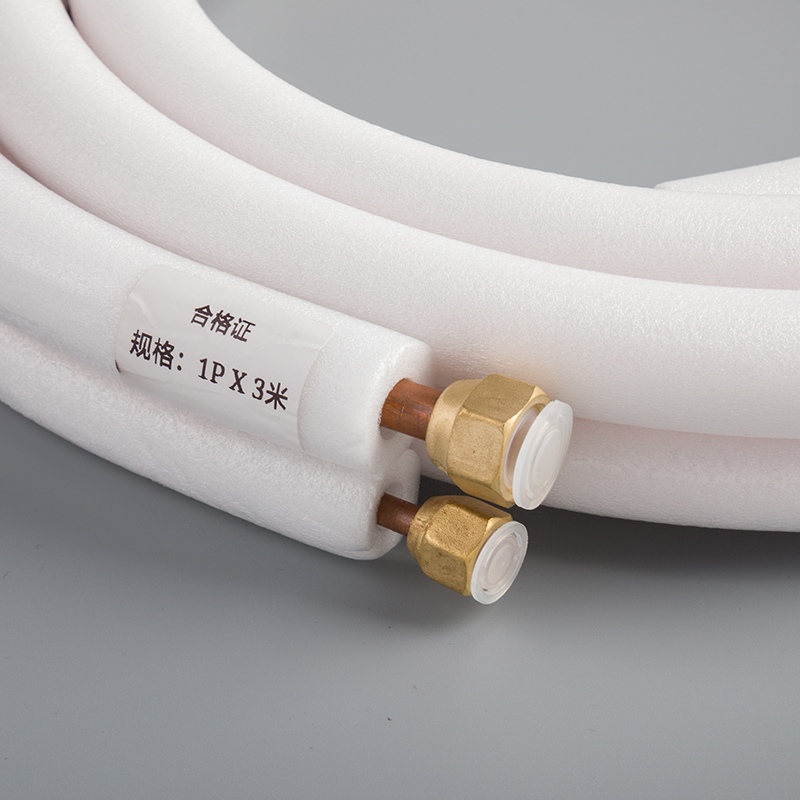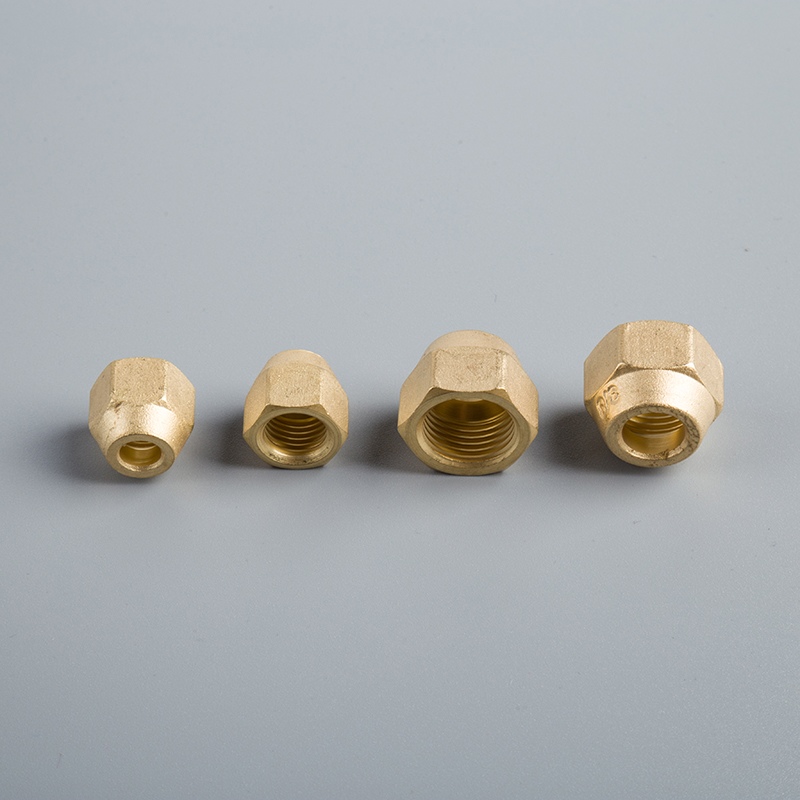Top Tips for Insulating Copper Pipes in AC Systems

Insulating copper pipes in AC systems is crucial for maintaining thermal insulation and optimizing efficiency. Proper insulation not only reduces heat loss but also ensures a consistent temperature within the system. In this blog, valuable Tips for Maintaining Thermal Insulation for Copper Pipes in Air Conditioning Systems will be shared to help you enhance the performance of your AC setup. Stay tuned to discover practical insights on choosing the right insulation material, cleaning the pipes effectively, and installing the insulation correctly.
Clean the Pipes
To ensure optimal insulation for copper pipes in AC systems, it is essential to start by removing dirt and grease from the pipes. Expert Brian, a specialist in HVAC, highlighted the importance of addressing corrosion issues on copper pipes insulated with rigid phenolic foam insulation. By using a cleaning solution and ensuring that the pipes are dry before installation, you can enhance the effectiveness of the insulation.
According to an Anonymous User in the HVAC field, premature failure of pipework due to corrosion under phenolic insulation is a common concern. Properly cleaning the pipes can help prevent such issues and prolong the lifespan of your AC system. Additionally, clean pipes contribute to better adhesion of the insulation material, leading to improved thermal efficiency.
Benefits of Clean Pipes:
Enhanced Adhesion: Cleaning removes contaminants that may hinder proper insulation.
Extended Lifespan: Preventing corrosion can help maintain the integrity of the copper pipes.
Improved Efficiency: Clean pipes facilitate better heat transfer within the system.
By prioritizing cleanliness when insulating copper pipes in AC systems, you set a solid foundation for effective thermal insulation and long-term performance.
Choose the Right Insulation Material

When it comes to insulating copper pipes in AC systems, selecting the appropriate insulation material is crucial for ensuring optimal thermal efficiency. Two common options for insulation are Foam Insulation and Pipe Wrap or Tape, each offering unique benefits tailored to specific needs.
Foam Insulation
For those seeking a versatile and efficient insulation solution, Foam Insulation stands out as a popular choice. Its easy installation process makes it ideal for both professionals and DIY enthusiasts looking to enhance their AC system's performance. The material's ability to provide a good seal ensures that heat loss is minimized, maintaining consistent temperatures within the pipes.
Pipe Wrap or Tape
In scenarios where short sections or tight bends need insulation, Pipe Wrap or Tape emerges as a practical solution. This type of insulation is particularly useful for addressing specific areas that may be challenging to cover with traditional foam insulation. By utilizing Pipe Wrap or Tape, you can effectively protect these vulnerable sections of copper pipes from heat loss and maintain the overall thermal integrity of your AC system.
When considering the right insulation material for your copper pipes, factors such as ease of installation, sealing capabilities, and suitability for different pipe configurations should guide your decision-making process. Whether opting for Foam Insulation's simplicity or leveraging Pipe Wrap or Tape's flexibility, prioritizing proper insulation will undoubtedly contribute to the long-term efficiency and performance of your air conditioning system.
Install the Insulation Properly

To ensure the effectiveness of the insulation on copper pipes in AC systems, it is crucial to cover all sections meticulously. By insulating every part of the pipes, you create a barrier that minimizes heat loss and maintains consistent temperatures throughout the system. Focusing on insulating close to the water heater is particularly important as this area is prone to energy loss. Preventing freezing by properly insulating the pipes safeguards against potential damage and ensures smooth operation.
For optimal performance, regular inspections play a vital role in maintaining the integrity of the insulation. Checking for any signs of damage allows you to address issues promptly before they escalate, preserving the efficiency of your air conditioning system. By conducting routine assessments, you can maintain efficiency by identifying and rectifying any areas where insulation may be compromised.
Insulation plays a vital role in maintaining the efficiency of copper pipes in AC systems. To summarize, prioritize cleanliness to enhance adhesion and prevent corrosion. Choose the right insulation material based on installation ease and sealing capabilities. Properly insulate all sections, especially near the water heater, to prevent freezing and conserve energy. Regular inspections are key to identifying and addressing any damage promptly. By following these tips diligently, you can ensure optimal thermal insulation for your copper pipes in AC systems, leading to improved performance and longevity.
See Also
Revealing the Key to Enhancing AC Efficiency with Copper
Exploring the Perfect Insulation for Copper Piping
Exposing the Top 5 Advantages of Copper Piping in AC


